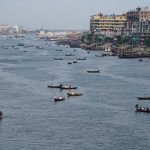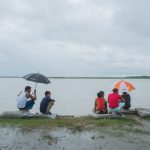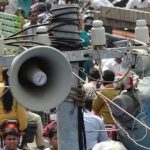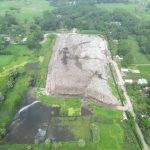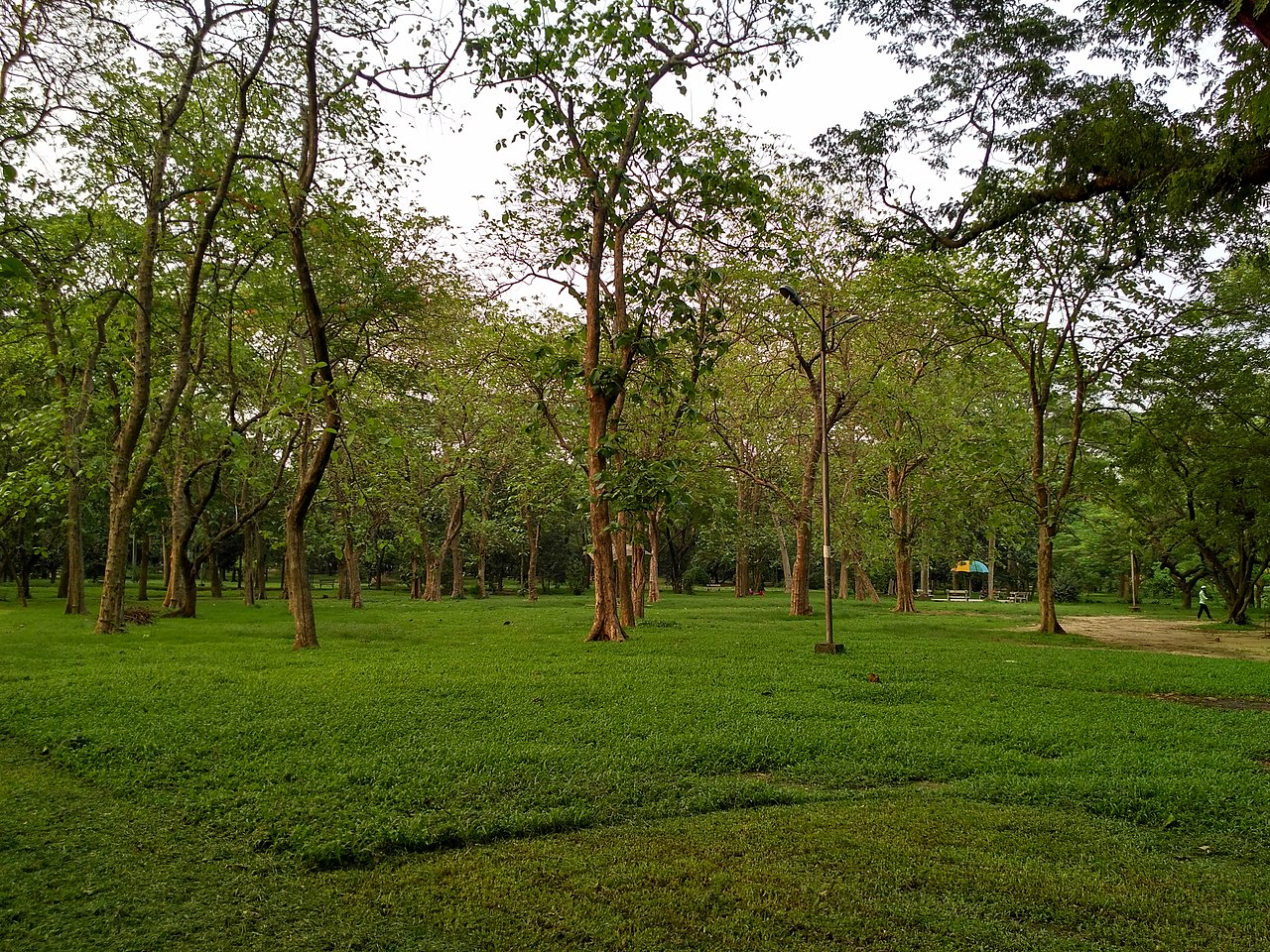By Nahid Hasan
Once, the sky over Dhaka wasn’t just a place for smog and drones—it was a living canvas, where dragonflies danced in monsoon twilight, and butterflies wandered like petals blown by the wind. Now, the air feels heavier, quieter, and emptier. Where did all the tiny lives go?
This is not a romantic lament—it’s an ecological warning.
In the back alleys of Mohammadpur, on the rooftop gardens of Mirpur, and in the dying trees of Ramna Park—Dhaka is losing its biodiversity, not just to concrete, but to climate change. And nobody seems to notice.
The City Was Never Just a City
Dhaka, home to over 23 million people, is often imagined only through its traffic, population, and political heat. But it was once a city thriving with urban wildlife: jackals howled in the old embankments of Hazaribagh, owls nested in the broken arches of Nawab-era mansions, and mongooses chased snakes in the alleys of Azimpur.
“People forget, even cities are ecosystems,” says Farhan Tanvir, urban ecologist in Dhaka. “And Dhaka’s ecosystem is breaking down.”
The Heat That Silences the Birds
A 2023 study by the Bangladesh Meteorological Department (BMD) showed that Dhaka’s average surface temperature has risen by nearly 2°C in the past two decades. This spike in urban heat affects more than just humans.
“Bird species like the Asian koel and bulbul are singing less, breeding less, and sometimes not showing up at all,” says ornithologist Tanveer Hassan, who has been tracking birdcalls in Dhaka parks for ten years. “Heat and noise combine to make nesting harder. They’re moving to quieter places—or dying.”
The Dhaka Zoo recorded a 40% drop in butterfly sightings in their open garden zone since 2018. “It’s not just pollution. The whole microclimate has changed,” says one of their caretakers.
The Ghosts in the Gardens
Walk into Lalbagh Fort or Suhrawardy Udyan, and you’ll find something unsettling—not what’s there, but what’s missing.
“In the 90s, there were fireflies in Hatirjheel during monsoon,” recalls Afsana Rumi, a long-time resident of Tejgaon. “My kids haven’t seen one in their lives.”
Urban biodiversity isn’t about rare animals—it’s about everyday life. The ants that break down waste. The bees that pollinate rooftop vegetables. The birds that eat mosquitoes. The bats that scatter seeds. Each vanishing species creates a gap that doesn’t close.
The Climate Fingerprint
While unplanned development and pollution are major causes, scientists say climate change acts as an amplifier. Erratic rain cycles confuse migratory birds. Prolonged heatwaves reduce soil moisture for insect larvae. Rising CO₂ is even affecting the flowering times of native plants, leading to pollination mismatches.
According to a 2024 joint survey by BUET and North South University, 34 species of insects once common in Dhaka are now “rarely observed,” including essential pollinators like hoverflies and blue bees.
“We’re heading towards an ecological dead zone,” says climate researcher Rezaul Hossain. “Not because of war or disaster, but because of slow, invisible shifts.”
Nature Under Neon Light
Even the night has changed. The rise in LED and neon lighting across Dhaka is contributing to a phenomenon known as “ecological light pollution.” Moths are disoriented. Bats are losing foraging zones. “Light affects animals’ circadian rhythms just like ours,” says zoologist Ishrat Khan. “And Dhaka never sleeps anymore.”
The urban sprawl is pushing into wetlands like Baunia Baor and fringe zones of Turag, causing birds and reptiles to migrate—or perish.
Signs of Resistance and Hope
Despite the doom, small resistances bloom.
Rooftop forests in Dhanmondi and Uttara are now creating micro-habitats. Some are even recording return visits by bees and sparrows.
Urban wetland protection campaigns by Dhaka-based youth groups are fighting to save areas like Gulshan-Baridhara Lake.
A community in Badda has started native gardening projects using heat-resilient, butterfly-attracting plants.
“Restoration begins with remembering,” says Shafiqul Islam, a schoolteacher leading a biodiversity club in Old Dhaka. “If children don’t see a dragonfly, how will they know what we’ve lost?”
Dhaka’s Biodiversity Is Not Lost—Yet
Dhaka’s story is usually told in terms of collapse: of traffic, water, and air. But this story is quieter, slower—and just as urgent.
Biodiversity doesn’t only die in forests. It disappears in cities too—on rooftops, in drains, and in forgotten ponds. Climate change is reshaping not just weather patterns but the memory of life itself in our capital.
The question is, will we notice before it’s all gone?





